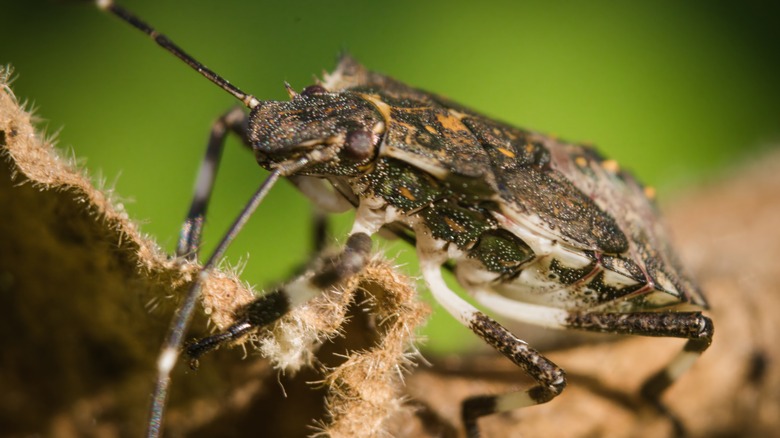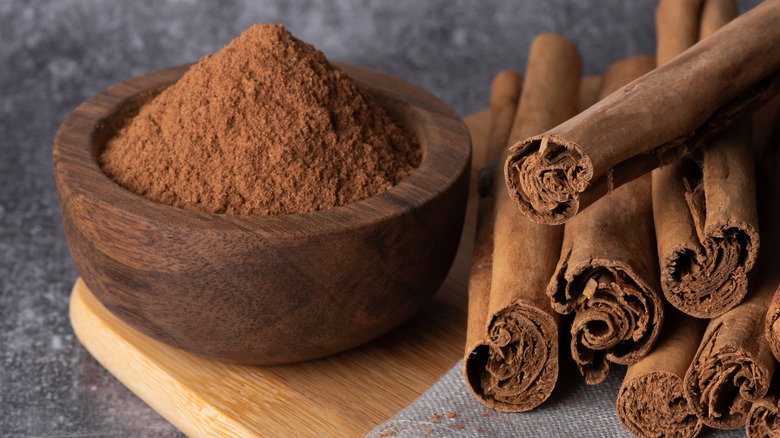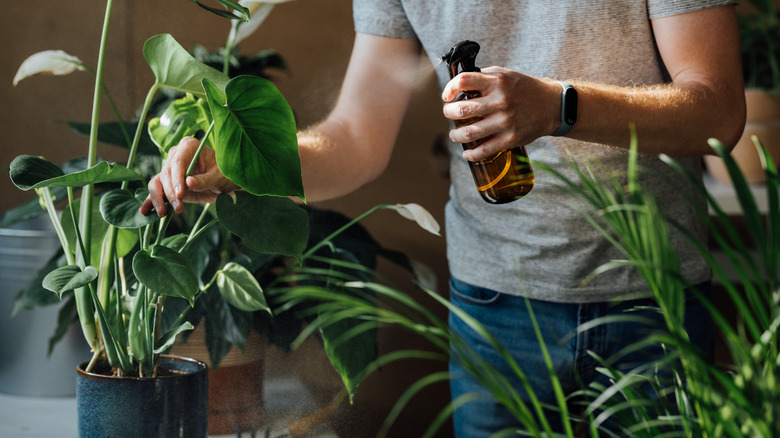Can Cinnamon Really Help Fight Off Stink Bugs?
As the temperatures fall, you may begin to see flat, larger-sized insects making their way into your home. Anyone familiar with stink bugs knows that this scenario leads to less-than-pleasant odors. Rather than waiting for these pests to infiltrate your space, consider using the much more fragrant cinnamon as a repellent. Your home will smell far better, and you may notice fewer bugs wanting to move in. You can use cinnamon in your houses, gardens, and flowerbeds. It's not likely to cause injury to anyone, but it can help you repel pests like stink bugs, slugs, and even larger critters like rabbits and moles.
Stink bugs come in several forms but are typically noted for their rounder, flat bodies, ranging from green to brown, depending on age and species type. Their name stems from the smelly fluids that seep from them when the bugs are agitated or squashed. They can fly but also crawl into tiny gaps around your doors or windows as they seek warmth. Repelling them is vital, whether in your home or outdoors, since they are hard to treat once present. As an invasive species, stink bugs are known to cause damage to other plants, and while they are not dangerous to most people, their stench means you want to keep them out. Cinnamon gives you a chance against these pests.
Why cinnamon is an effective repellent for stink bugs
While you may like to use cinnamon for your favorite sticky rolls or holiday baking, it's a potent-smelling spice that does a great job of repelling pests. Cinnamon, in any form, can also work to treat and control some pests in the garden if used in high doses. With stink bugs, it's best used as a deterrent. Cinnamon has several properties that make it potent for this purpose. First, the scent is strong enough that bugs are not likely to go towards it, and it also masks any food source the pests are looking for. Since the insects use their sense of smell to find shelter, locate sustenance, or navigate safely, the intensity of this spice's aroma makes it hard to do that, encouraging pests to go in the other direction.
The insecticidal properties of cinnamon have been used to help with prevention of pests due to the compounds within it, specifically cinnamaldehyde, eugenol, and anethole, which are found in the oils within the cinnamon leaf. These can disrupt the breathing of the pests, causing them to avoid it. Ultimately, this makes cinnamon a natural and affordable pest control option. The spice has noted fungal and bacterial benefits and is also phytotoxic, meaning large doses can be dangerous to some plants. It's also important to note that cinnamon used in high quantities can cause health concerns for people and pests, so use should be monitored.
How to use cinnamon to control stink bugs
You can use cinnamon in numerous ways to repel stink bugs but always look for a quality product with a strong scent. In your home, use a small amount of ground cinnamon around your houseplants if that's where the stink bugs are hiding. To achieve this goal, you can also add a simple cinnamon stick to the soil.
If you can track down how stink bugs are getting into your home, such as near doorways or windows, you can employ just a few drops of cinnamon essential oil in those areas to dissuade them from coming in. A homemade solution can work as well. Mix 2 teaspoons of quality ground cinnamon into about 4 cups of water. Warm it and steep it in a covered container for around 12 hours. Put it through a filter to remove the grounds, and place the remaining fluid into a spray bottle. Spritz this wherever you believe you're at risk, such as window screens or around the exterior walls of your home.
You can also mix ground cinnamon into the soil surrounding your home or use essential oil outside. This is a great way to protect your plants from stink bugs and other pest infestations throughout the year. Just sprinkle a generous portion of cinnamon in the area. Remember, you'll need to reapply this as the weather conditions change.



